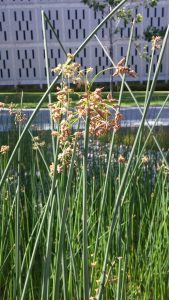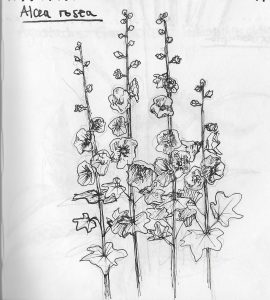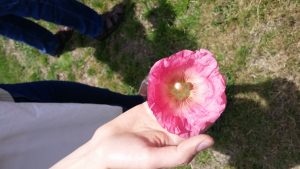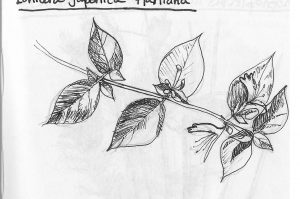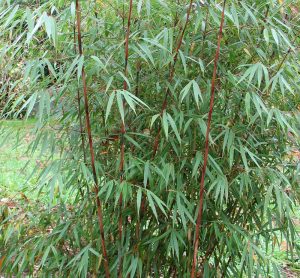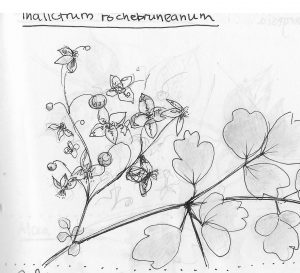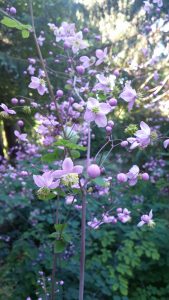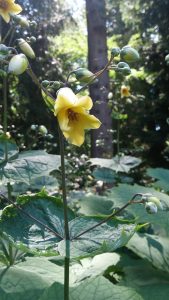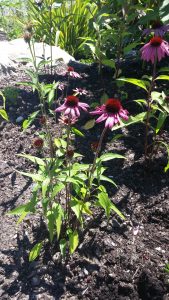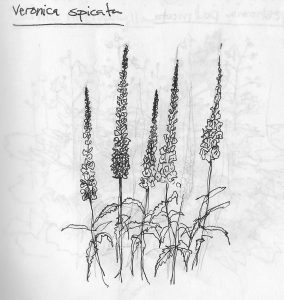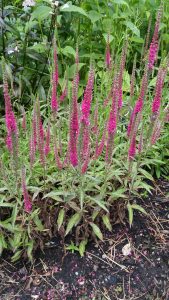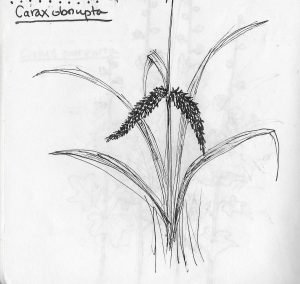
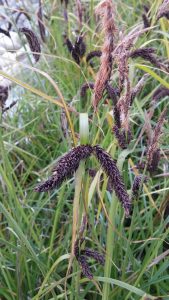
Common name: slough sedge
Family name: Cyperaceae
Description: A rapidly growing perennial that spreads by rhizomes.
Flower: Elongated, and tightly clustered around a central axis. Inflorescence is partially or completely hidden by spiky bracts.
Foliage: Leaves are flat, green, and can grow to approximately 60cm in length.
Growing conditions: Commonly found in bogs, ditches, marshlands, ponds, and the edges of rivers and lakes. Can grown in brackish water.
Height and spread: 0.6m in height
Landscape uses: This plant is evergreen and provides colour all year long. This plant is extremely important to waterfowl of all kinds, as they use the seeds as a source of food. Other animals use the foliage to seek shelter, and places to lay eggs and nest.

